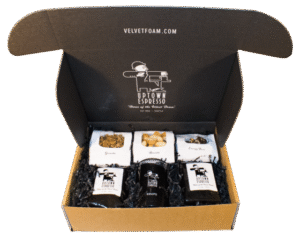Home » Boxes with Flaps vs. Boxes with Lids
Boxes with Flaps vs. Boxes with Lids
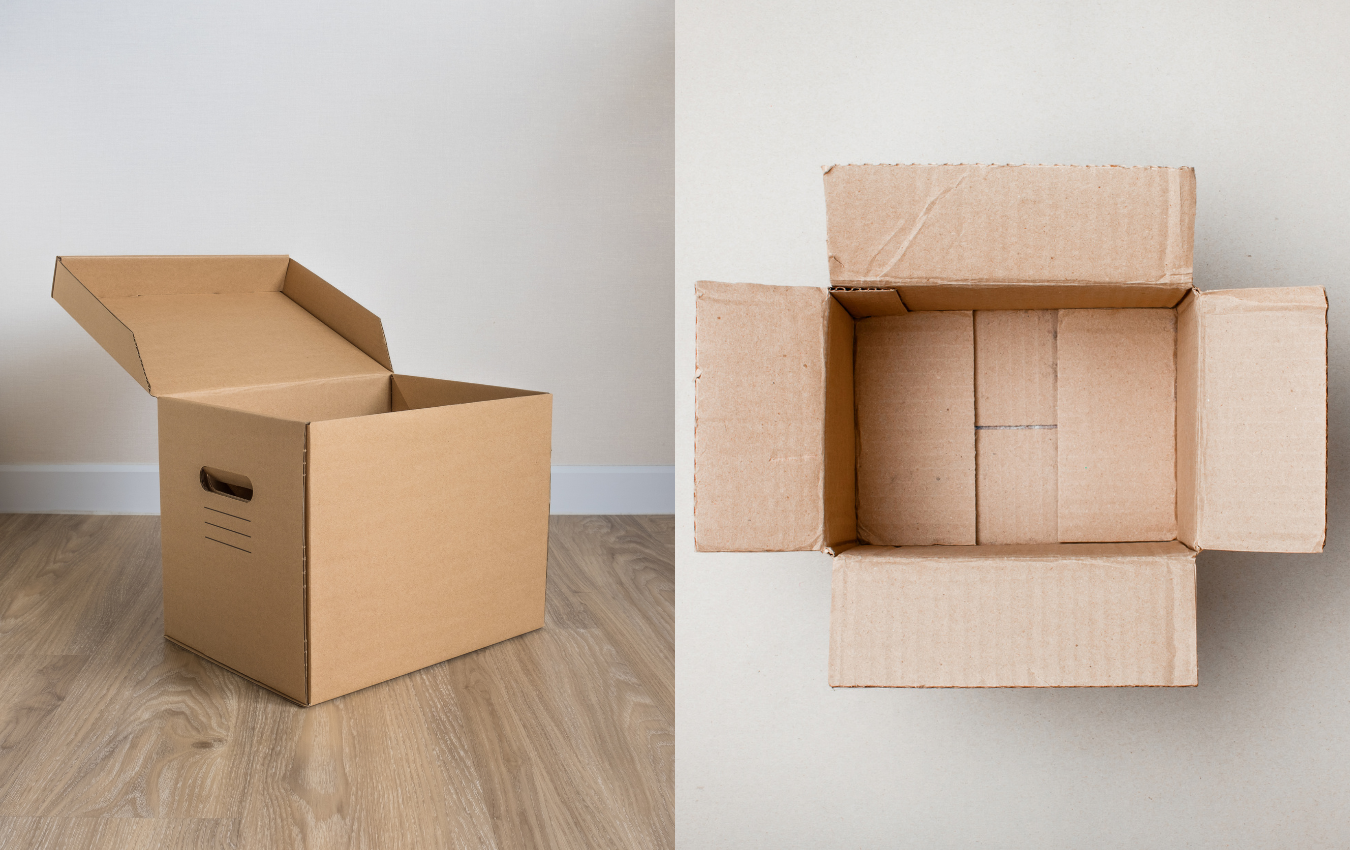
When it comes to packaging solutions, selecting the appropriate type of box can significantly impact convenience, functionality, and the overall user experience. Two common options are boxes with flaps and boxes with lids. In this blog, we will delve into the characteristics, advantages, and disadvantages of each type to help you make an informed decision for your specific needs.
Boxes with Flaps
Design and Structure:
- Boxes with flaps are typically one-piece structures made from a single sheet of cardboard or other materials.
- They are designed with integral flaps that fold over to enclose the contents securely.
- Common variations include tuck top boxes, which provide different levels of security.
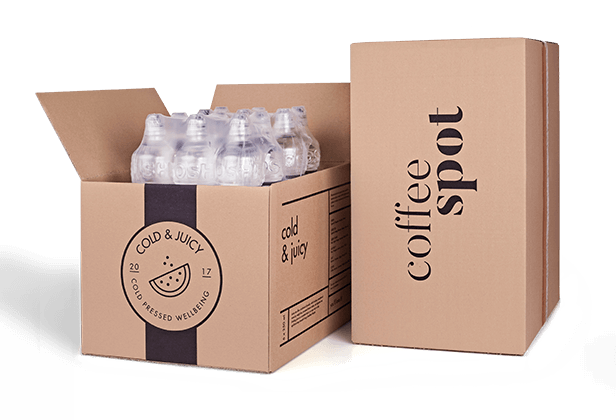
Advantages:
- Easy Assembly: Boxes with flaps are usually easier to assemble compared to boxes with lids, as they involve fewer steps.
- Cost-Effective: Manufacturing boxes with flaps is often more cost-effective, making them a budget-friendly option for businesses.
Disadvantages:
- Limited Security: While they can securely hold items, they might not be as tamper-resistant as boxes with lids, especially for high-value or sensitive items.
- Limited Reusability: Boxes with flaps may not be as durable for multiple uses as boxes with lids.
Common Uses:
- Boxes with flaps are commonly used for packaging items such as clothing, books, electronics, and food products.
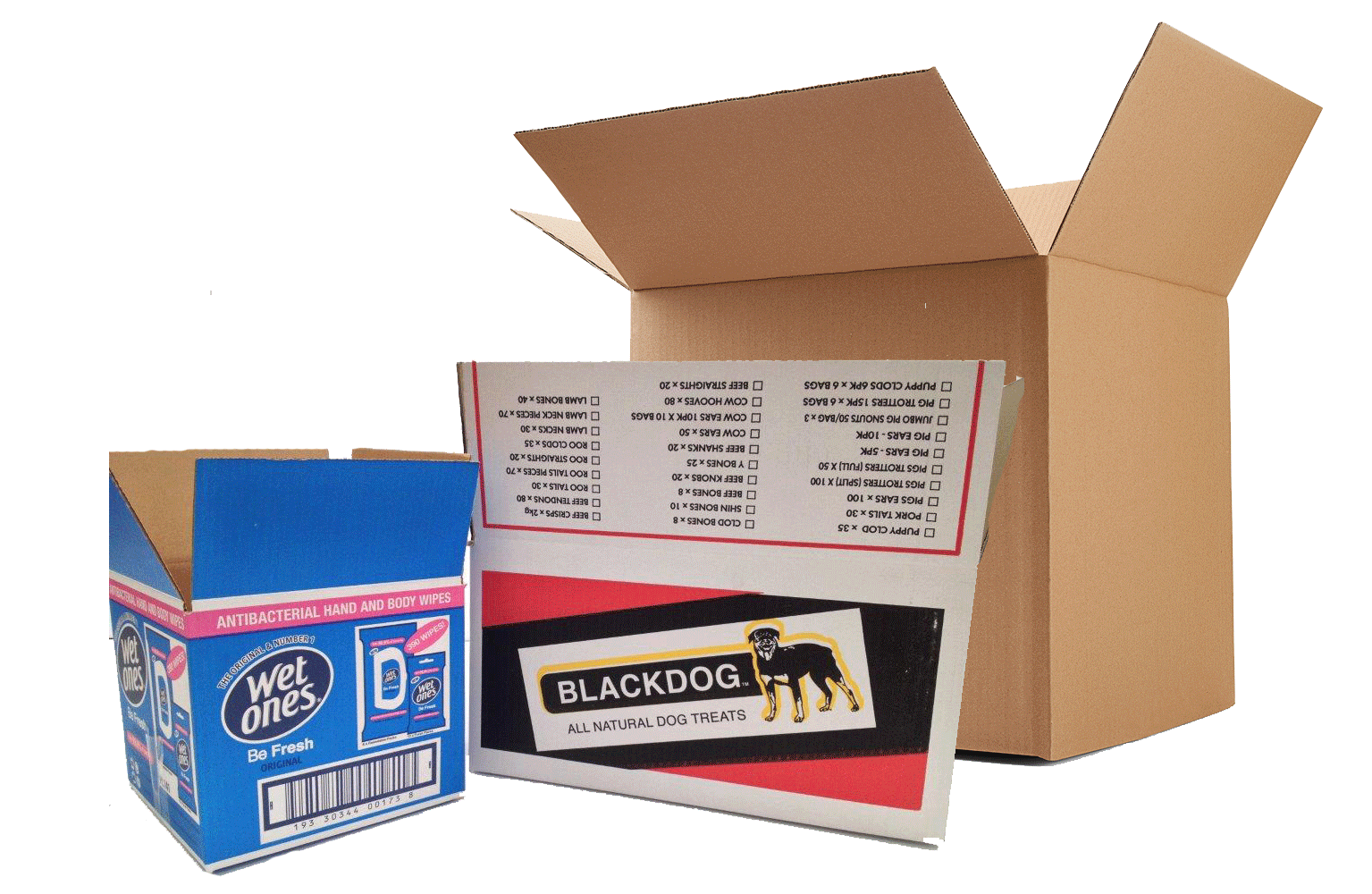
Boxes with Lids
Design and Structure:
- Boxes with lids consist of two separate pieces – a base and a detachable lid.
- The lid can be customized to fit snugly over the base, providing a secure closure.
- These boxes often come in various shapes and sizes to accommodate different contents.
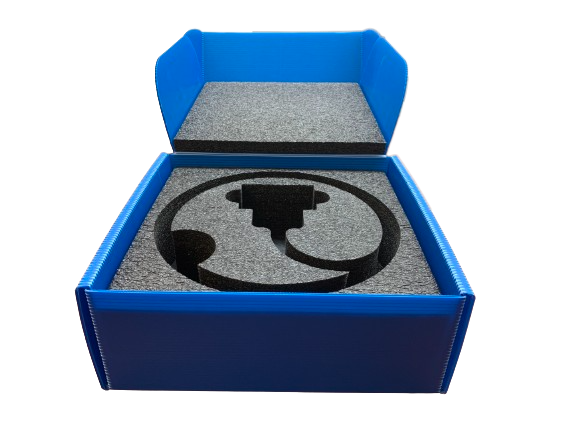
Advantages:
- Enhanced Security: Boxes with lids, especially when its fully telescopic, offer a higher level of security and protection for the contents, making them suitable for fragile or valuable items.
- Reusability: They are often more durable and can be reused multiple times, making them eco-friendly and cost-effective in the long run.
Disadvantages:
- Complex Assembly: Boxes with lids may require more time and effort to assemble due to their two-piece structure.
- Higher Production Costs: Manufacturing two separate pieces can be more expensive than single-piece boxes with flaps.
Common Uses:
- Boxes with lids are ideal for packaging items like jewelry, cosmetics, gifts, and luxury products where presentation and protection are paramount.
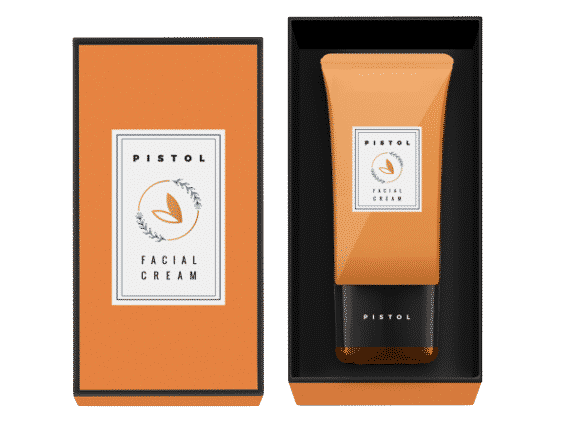
Choosing the Right Option
The choice between boxes with flaps and boxes with lids ultimately depends on your specific requirements and priorities. Here are some factors to consider:
- Contents: Consider the nature and value of the items you are packaging. High-value or fragile items may require the extra security provided by boxes with lids.
- Budget: If you have budget constraints, boxes with flaps are often a more cost-effective solution, especially for large quantities.
- User Experience: Think about the ease of use for your customers. Boxes with flaps are generally easier to open and close, while boxes with lids may offer a more premium unboxing experience.
- Sustainability: If environmental concerns are a priority, boxes with lids are typically more durable and can be reused, reducing the overall environmental impact.
If you are interested in custom or stock boxes, then partner with Brown Packaging today to get started.
RSC boxes are known for their efficiency and versatility, but their performance ultimately comes down to strength. Buyers often see numbers like ECT, BCT, and
In packaging, foam isn’t just about initial protection — it’s about maintaining performance over the entire shipping or storage cycle. Compression set and recovery characteristics
Pouches are a go-to for flexibility and convenience, but they can fail in critical ways—from poor seals to punctures and delamination—that hurt performance and brand
In the retail environment, the placement of Point of Purchase (POP) displays is just as critical as their design and content. Strategic positioning can significantly
Choosing the right foam density isn’t about “soft” versus “hard” — it’s about controlling shock transmission and matching the foam’s cushioning curve to the product’s
Moisture resistance and dimensional stability are critical performance factors for custom inserts, especially when products are shipped or stored in variable climates. Both foam and
Home » Boxes with Flaps vs. Boxes with Lids

Not every product calls for ultra-premium packaging—but that doesn’t mean you have to settle for generic or low-quality. For many brands, the sweet spot lies

In the quest for a more sustainable future, California has emerged as a trailblazer with its visionary approach to Extended Producer Responsibility (EPR) programs. These
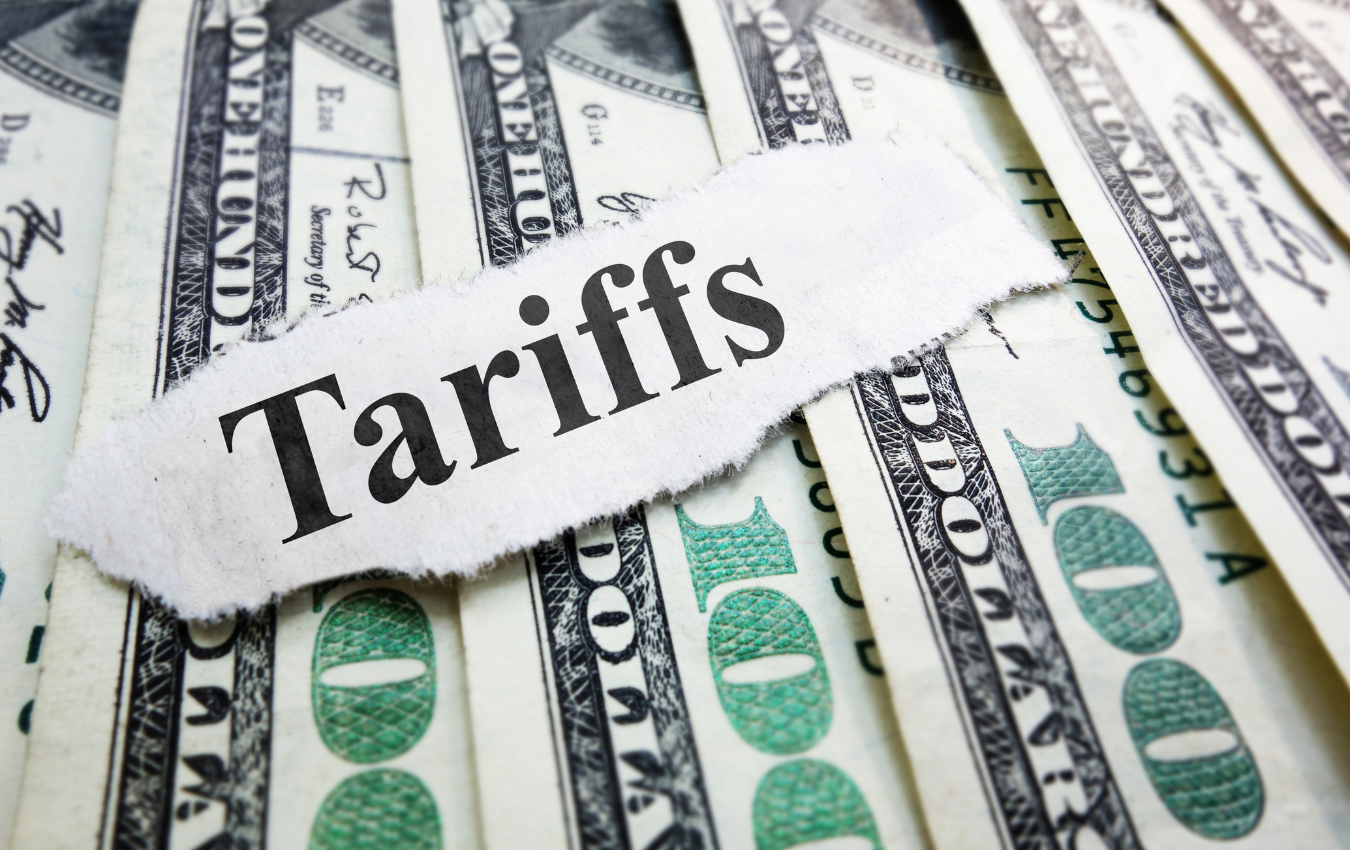
As tariffs take effect in 2025 to promote domestic sourcing, the packaging industry in the United States is set to experience notable cost changes. While


